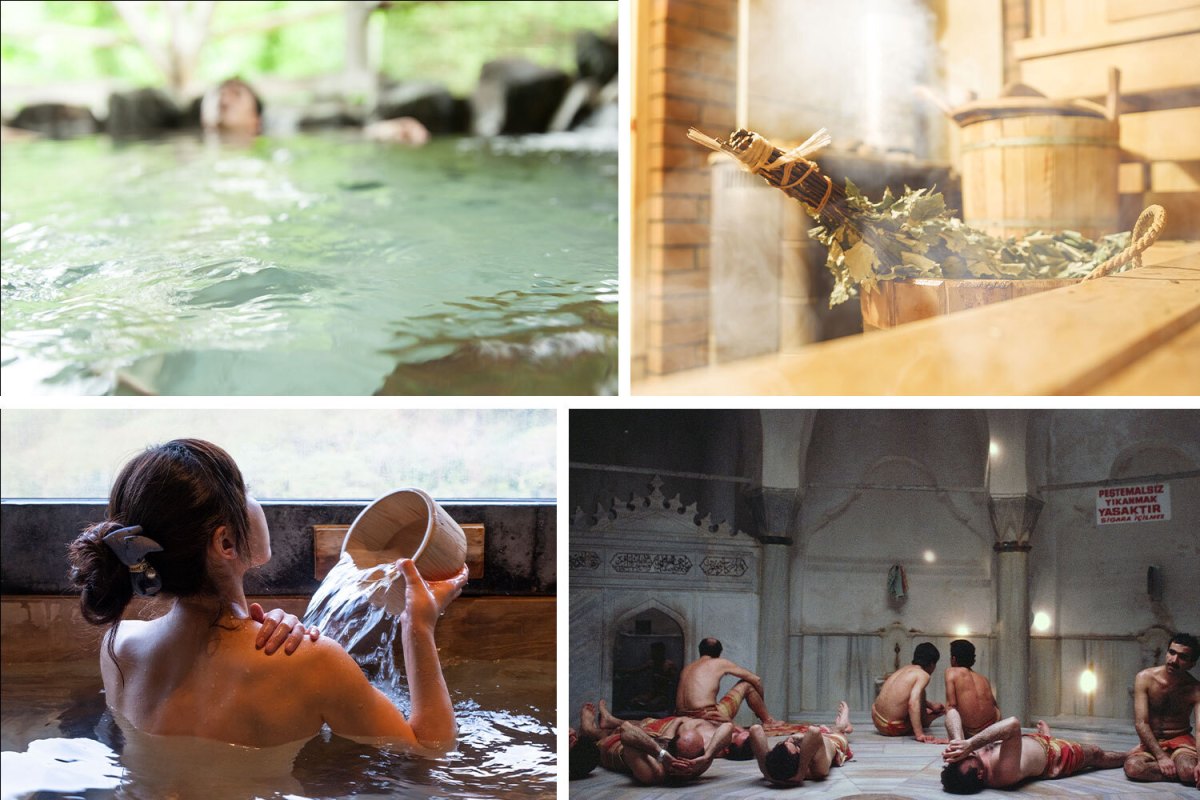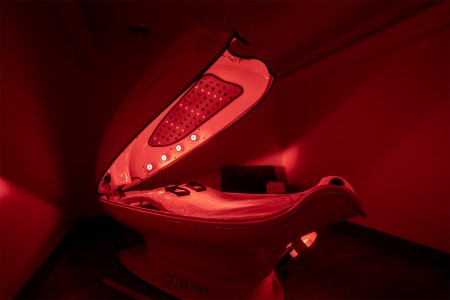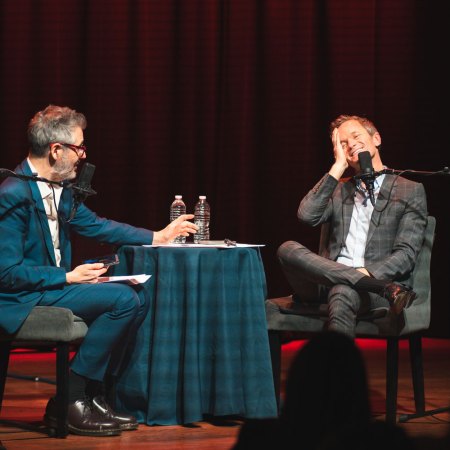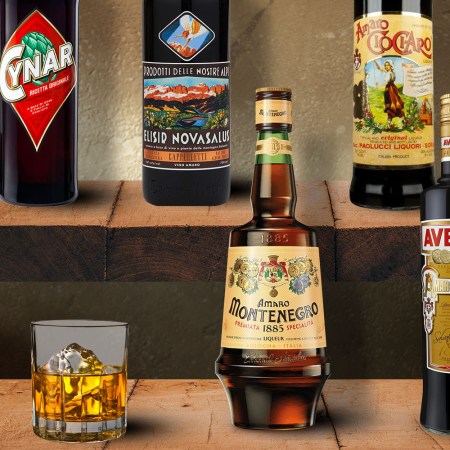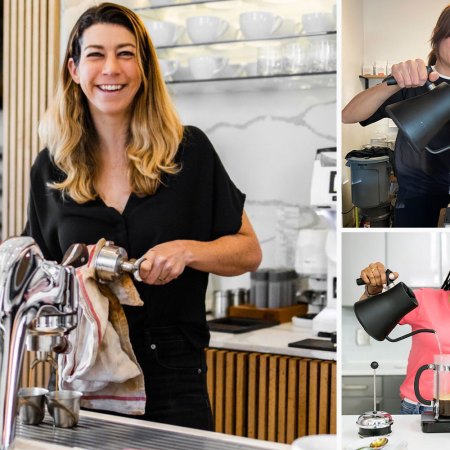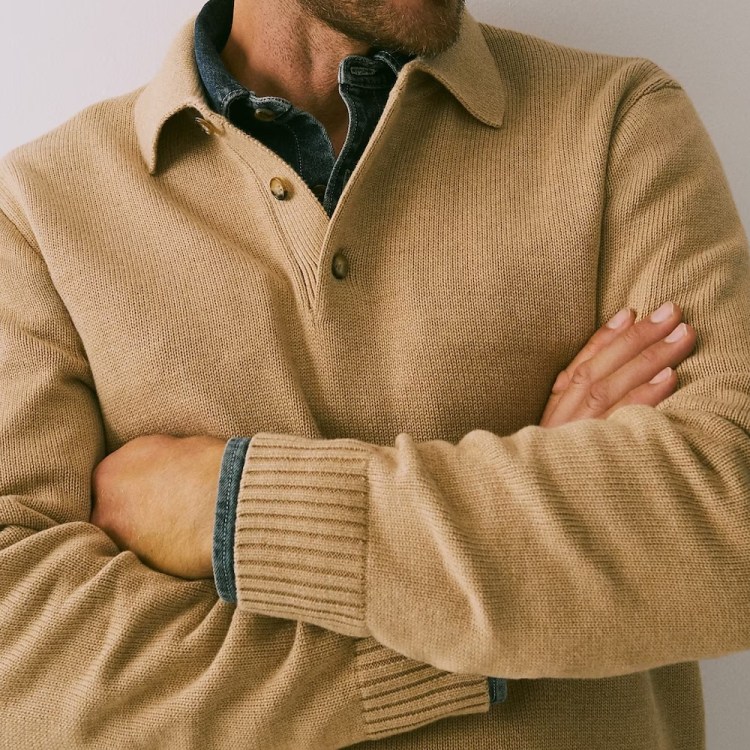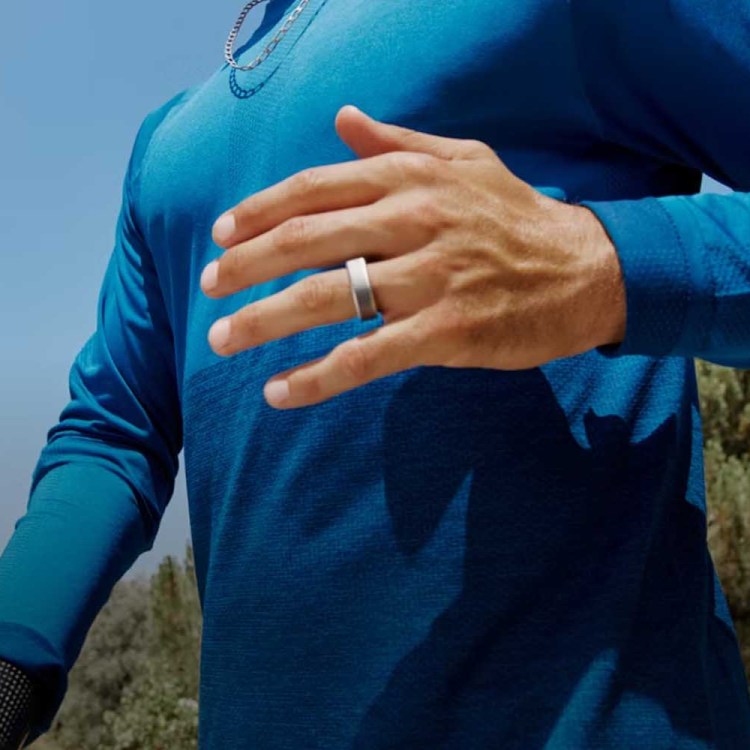This story is an exclusive sneak peek of Wondercade, the newsletter from Neil Patrick Harris produced in partnership with InsideHook Studios. You can sign up — for free — to receive it right here.
When you think of spas, you probably think of cool cucumber slices over your eyes and getting a mani-pedi. Which is delightful, for certs. But how about getting rigorously exfoliated with a rough mitt (not Romney)? Or soaking naked with strangers? Or being (gently) whacked with branches? That’s just a sampling of how folks around the world oft indulge in self-care. Today, we’re zeroing in on heat and water spa experiences, not beauty- or massage-centric therapies (though we will get hands-on with massages in a future issue). So while you’ll learn a bunch of fun facts that’ll help you if you’re ever on Jeopardy! and get the SPAS AROUND THE WORLD category, our primary goal is to help you recreate these restorative experiences in your very own home. (Which is way easier and more affordable than hopping on a plane to a different continent. Especially with airfare being so expensive right now. Plus, you’ll cut down on carbon emissions so…double win!) Enjoy, my friend.
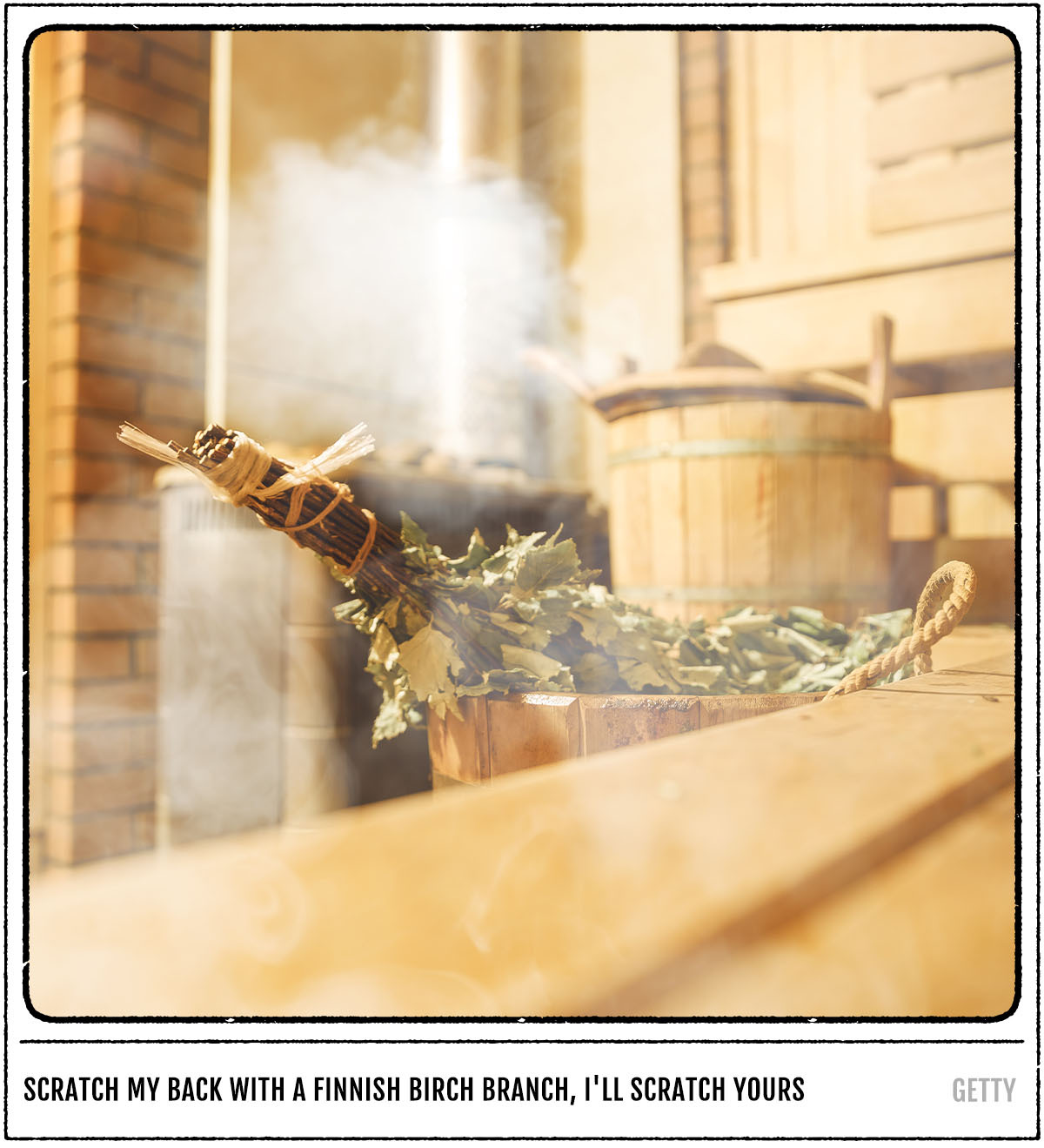
FINLAND
The Finns love saunas so much, they designed emoji after them! And back in 2020, UNESCO added Finnish sauna culture to its “Representative List of the Intangible Cultural Heritage of Humanity”…the first thing from Finland to be put on the list. So you know they know their spa stuff.
Saunas are great for relaxing after a workout or just spending time with friends and family, Titta Pervis tells me — she’s based in Finland and works for the World Sauna Forum. (How do I become a member of this esteemed body?!) She explains that the typical Finnish sauna is a wooden room or building with layers of wooden benches inside, which gets as hot as 212ºF. Spending time in this intense heat helps folks stay toasty in a chilly country, which Titta says promotes relaxation, circulation and improves sleep. One of the most important parts of the Finnish sauna is löyly: the steam created by throwing cold water on rocks heated atop an electric or wood-burning stove, which increases humidity and makes the room feel even hotter. There’s also whisking: taking a bundle of fresh birch branches and softly hitting them against your skin, which not only smells heavenly, but is so much more relaxing than whisking a bowl in the kitchen, amirite? Better than whisking egg whites into peaks, AMIRITE? (Tap, tap, is this thing on..?) Plus, the Finns believe it increases blood flow and eases joint and muscle pain.
Titta explains how to recreate the Finnish experience at home:
- Replicate the scent of fresh birch branches by using essential oils in a diffuser, or by dabbing some on your skin with a cotton ball.
- Lighting in the sauna has an important impact on the sauna experience. Dimmer lighting creates a calming mood for the moment and mimics the Finnish experience.
- Remember to hydrate before, during and after. Try adding fresh cucumber or fruit to your water pitcher and enjoy your refreshing drink, just like at a spa.
A Day at the Wellness Club Where Wealthy Texans Biohack Their Bodies
Body scans, red-light therapy, neural stimulation — I tried it all at Canyon Ranch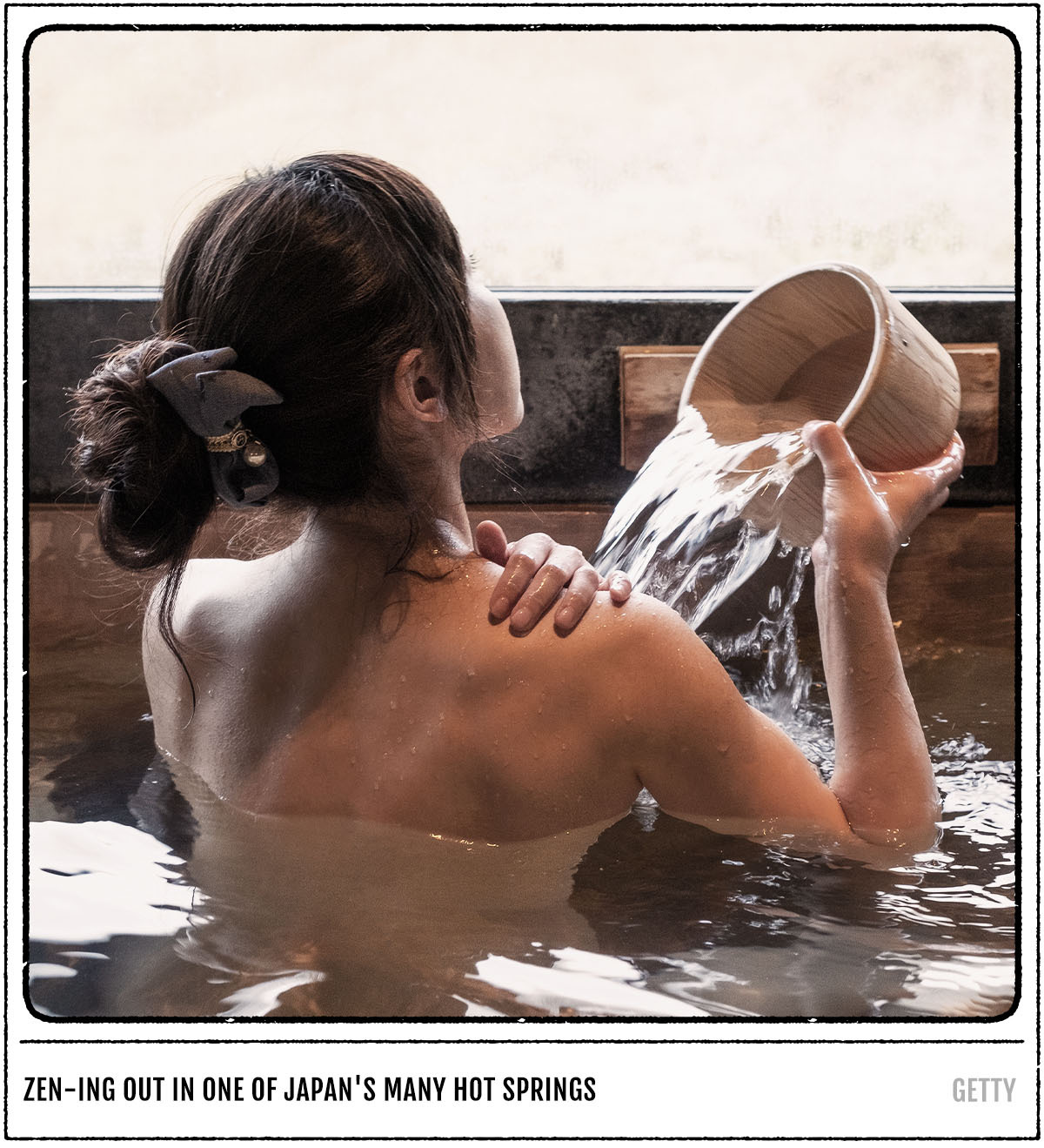
JAPAN
The archipelago nation has over 110 active volcanoes (and sits atop the Ring of Fire — this one, not this one), so natural hot springs are everywhere. These hot springs are called onsen, and just like Finland’s saunas, they’ve inspired their own emoji: ♨️. (If you thought it was bacon jumping out of a pan, you’re wrong, just plain wrong. And potentially in need of a snack.)
Colin Fukai, who works for Nishimuraya Honkan onsen in Hyogo, Japan, explains that “onsen are a really integral part of most Japanese people’s normal life” and “can be found just about anywhere…it’s rare to meet a Japanese person who does not enjoy hot springs or does not visit with semi-regularity.” In most onsen, you get divvied up by gender, slip down to your birthday suit, rinse off with soap and shampoo in a separate shower and then soak in a variety of baths…both indoors and in beautiful outdoor gardens. Then, slip back into your robe, reunite with any friends in the dining area and enjoy a cold beer, noodles, a massage chair or any other extra goodies the onsen offers.
Colin explains how to recreate the Japanese experience at home:
- Separate your washing and bathing. In other words, shampoo and rinse with soap in your shower and then enjoy a nice hot bath afterwards. Most baths in Japanese homes are a unit construction where you do all washing outside of the bathtub, which is primarily meant just for soaking.
- Heat is the most important thing. A typical Japanese onsen bath is probably somewhere around 42ºC (107 to 108ºF). For many people it may initially seem too hot, but sit in the bath for even just a minute and most will probably find their body rapidly adjusting. As a good rule of thumb, the hot water should sting a little bit as you get in, but as you soak in the bath that stinging sensation should subside.
- Of course, beyond the heat itself, the mineral composition of hot spring water is another characteristic to consider. This can be recreated or simulated using bath salts and fragrances. If you search for websites selling Japanese products you might even be able to find Japanese bath salts, which have onsen scents.

TURKEY
Finland’s about heat and Japan’s about baths…but Turkey’s got hot, wet (yes I did) exfoliation on lock. Its hammams have existed for centuries, and when you’re in one, an attendant uses a kese — a rough cloth mitt — to exfoliate your skin, followed by a super soapy wash. The centuries-old idea here is also a modern one: scrub away dead skin to look fresh and fabulous. You also get a special towel called a pestemal that you wrap around your torso, then you slip on some wooden clogs, head in and lie down on a huge marble slab surrounded by a bunch of other folks and pour water on yourself in between scrubs. Next, you’re encased in towels on your hair, waist and shoulders and escorted to a relaxation area for Turkish tea, sherbet and lokum (aka Turkish delight, you Lion, the Witch and the Wardrobe fans).
Mahmut Karlidag, who helps people all over the world book appointments at hammams worldwide, says that these rituals in hammams were originally geared toward cleanliness, so the hammams were historically placed near mosques, where people stopped by before prayer, and also where they’d prepare for weddings. Today, they still hold incredibly special cultural significance as a gathering place for friends and family, and also for therapy during the winter months. They remain a staple of not just self-care, but also gatherings and even bachelorette parties. (And they’re almost certainly more relaxing and classier than a Vegas bender. No offense to Vegas or benders.)
Mahmut explains how to recreate the Turkish experience at home:
- To make the most of a Turkish hammam (and to try to replicate one at home), you need 2 people…yourself, and another person to do the exfoliation, soap up and rinse down. It’s a team effort.
- Buy the Turkish towels and the special exfoliation mitts. You can find the exfoliation mitts online, and the towels you’ll need to wrap around the different parts of your body are available online, too.
- Treat yourself to some Turkish treats after your relaxation session, including lokum, baklava (it’s not just a Greek dish!), as well as çay: the Turkish version of chai tea. Serve in some Turkish tea glasses…and enjoy.
Whether you’re looking to get into shape, or just get out of a funk, The Charge has got you covered. Sign up for our new wellness newsletter today.
